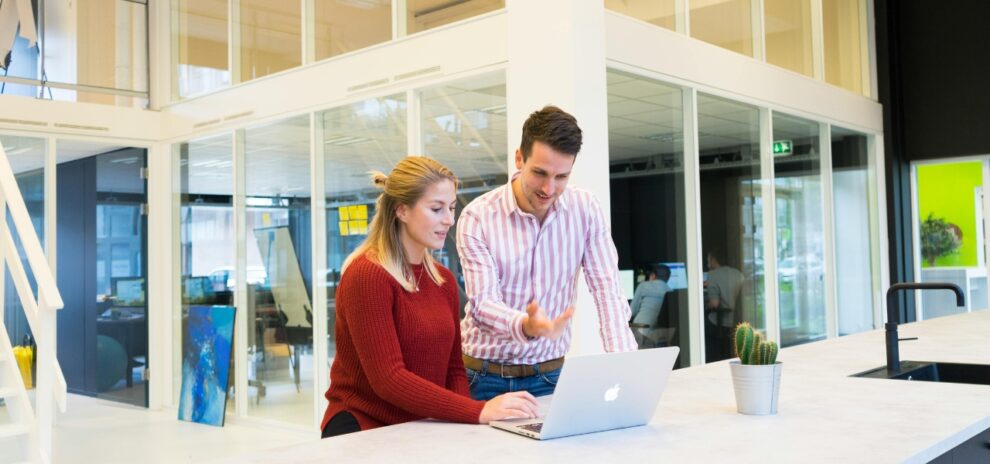Artificial intelligence (AI) has quickly progressed from basic automation, leading to the rise of AI-powered co-pilots as active partners in the workplace. These smart assistants have evolved beyond merely responding to questions or automating mundane tasks—they now work alongside professionals, optimizing workflows and boosting productivity. However, does this transition suggest that AI co-pilots are becoming essential collaborators, or are they merely sophisticated tools?
The Evolution of AI-Powered Assistants
The first iterations of virtual assistants, such as Apple’s Siri, Amazon’s Alexa, and Google Assistant, focused on personal tasks like setting reminders or providing weather updates. However, with the advancement of large language models (LLMs) like OpenAI’s GPT-4 and Google’s Gemini, AI assistants now function as sophisticated co-pilots capable of understanding context, making recommendations, and even generating content.
Industries are rapidly adopting AI co-pilots in diverse roles. In software development, tools like GitHub Copilot assist programmers by suggesting code snippets and debugging errors. In business environments, Microsoft’s Copilot for Office 365 automates document creation, data analysis, and meeting transcriptions, significantly reducing manual workload. Meanwhile, AI-driven customer service agents are managing real-time conversations, providing responses that closely mimic human interactions.
Enhancing Workplace Productivity
AI co-pilots are designed to complement human expertise rather than replace it. Their capabilities extend to:
- Automating Repetitive Tasks: AI co-pilots handle mundane activities such as email sorting, scheduling meetings, and document formatting, freeing up employees for higher-value work.
- Accelerating Decision-Making: By analyzing vast datasets in real time, AI co-pilots provide actionable insights, helping executives make data-driven decisions faster.
- Boosting Creativity and Innovation: Generative AI tools assist in brainstorming, drafting reports, and refining content, reducing cognitive load and improving efficiency.
- Enhancing Collaboration: AI co-pilots integrate with communication tools like Slack and Zoom, summarizing discussions and tracking action items for more effective teamwork.
The Human-AI Synergy: A Collaborative Future
Despite their capabilities, AI co-pilots are not poised to fully replace human workers. Instead, they function as collaborative partners, enhancing efficiency while leaving room for human intuition and strategic thinking. The future workplace will likely see a hybrid approach where AI-powered assistants support knowledge workers across industries.
For instance, in healthcare, AI co-pilots assist doctors by analyzing medical records and suggesting treatment plans, but the final decisions remain with human practitioners. In finance, AI-driven analytics optimize investment strategies, yet human expertise is essential for risk assessment and regulatory compliance.
The key to successful AI-human collaboration lies in adaptability. Employees must embrace AI as a productivity booster rather than a threat, and organizations must invest in training to ensure seamless integration.
Challenges and Ethical Considerations
While AI co-pilots offer numerous benefits, they also present challenges:
- Data Privacy and Security: AI assistants process vast amounts of data, raising concerns about confidentiality and cybersecurity risks.
- Bias and Fairness: AI models are only as good as the data they are trained on. Bias in training data can lead to discriminatory outcomes, necessitating continuous monitoring and fine-tuning.
- Job Displacement Fears: As AI automates tasks, some jobs may become obsolete. However, new opportunities will arise for those who upskill and adapt.
- Reliability and Accountability: AI-generated outputs may contain errors or hallucinations, requiring human oversight to ensure accuracy.
Also read: What US CEOs Need to Know About Digital Transformation in 2025
Conclusion: The Future of AI Co-Pilots in the Workplace
AI co-pilots have moved beyond mere futuristic ideas and are now transforming our work environment. Although they improve efficiency, decision-making, and creativity, they do not substitute for human skill. The most effective workplaces will find a way to balance AI automation with human creativity. Companies that actively incorporate AI-powered tools while promoting a collaborative culture will have a distinct advantage in the changing digital world.
The focus has shifted from whether AI co-pilots will join us as partners to how we can effectively collaborate with them to foster innovation and achieve success.







Add Comment